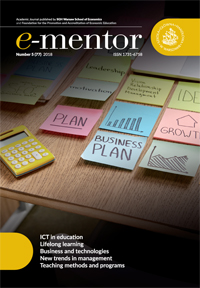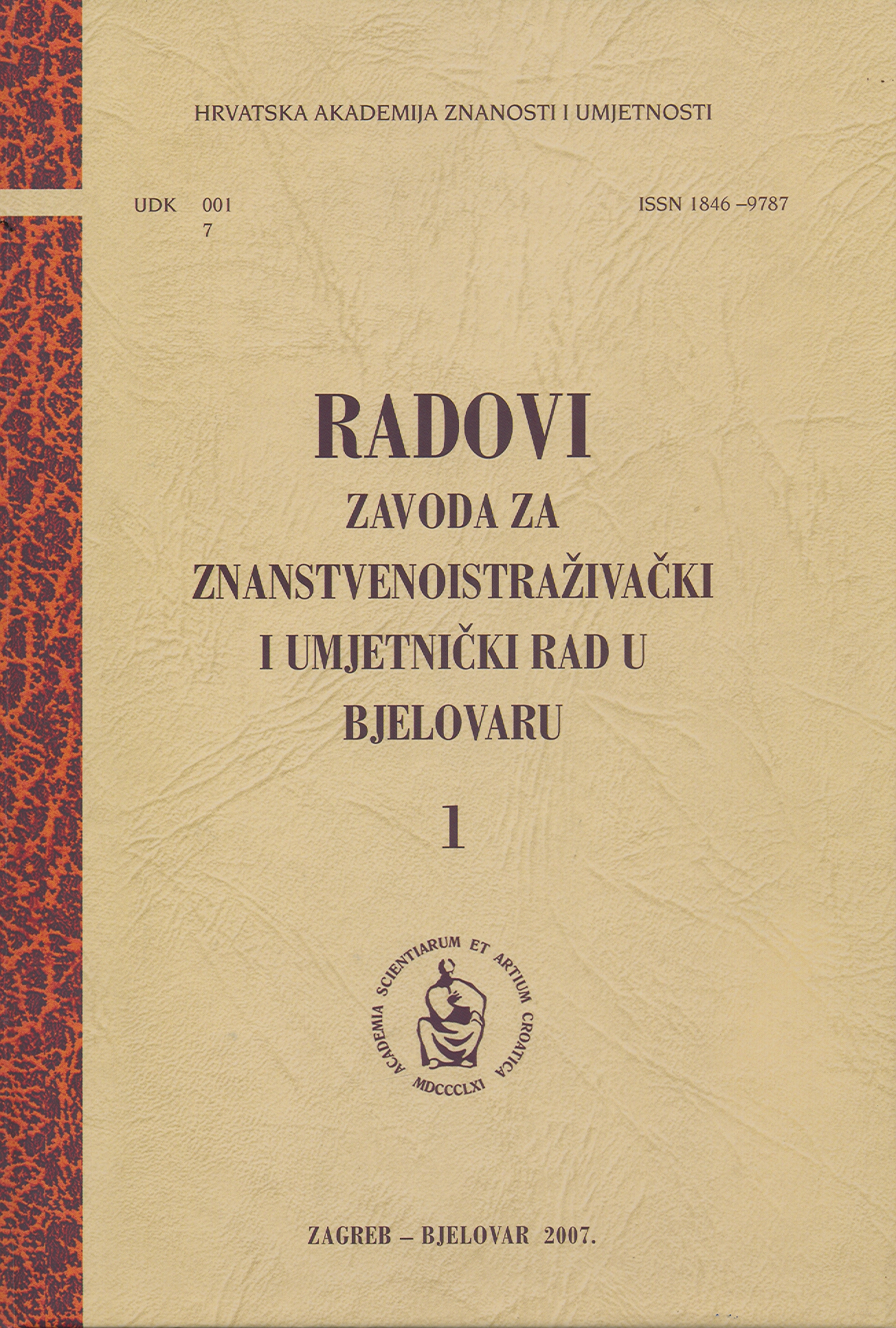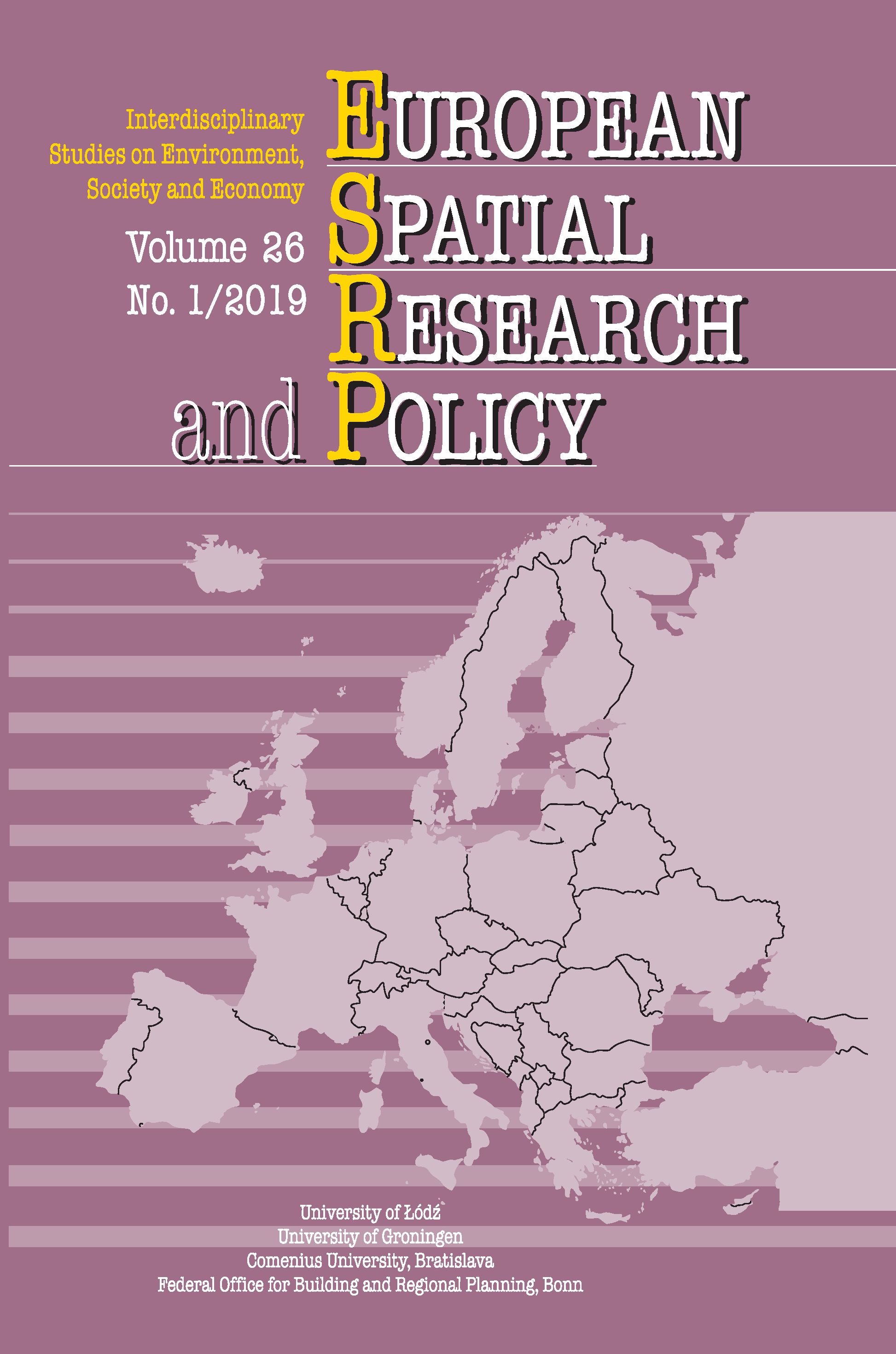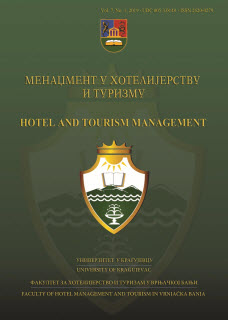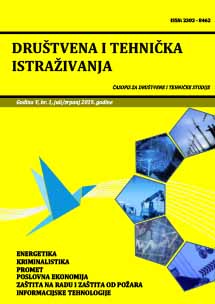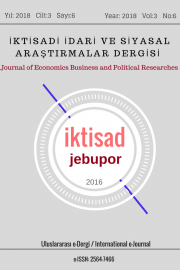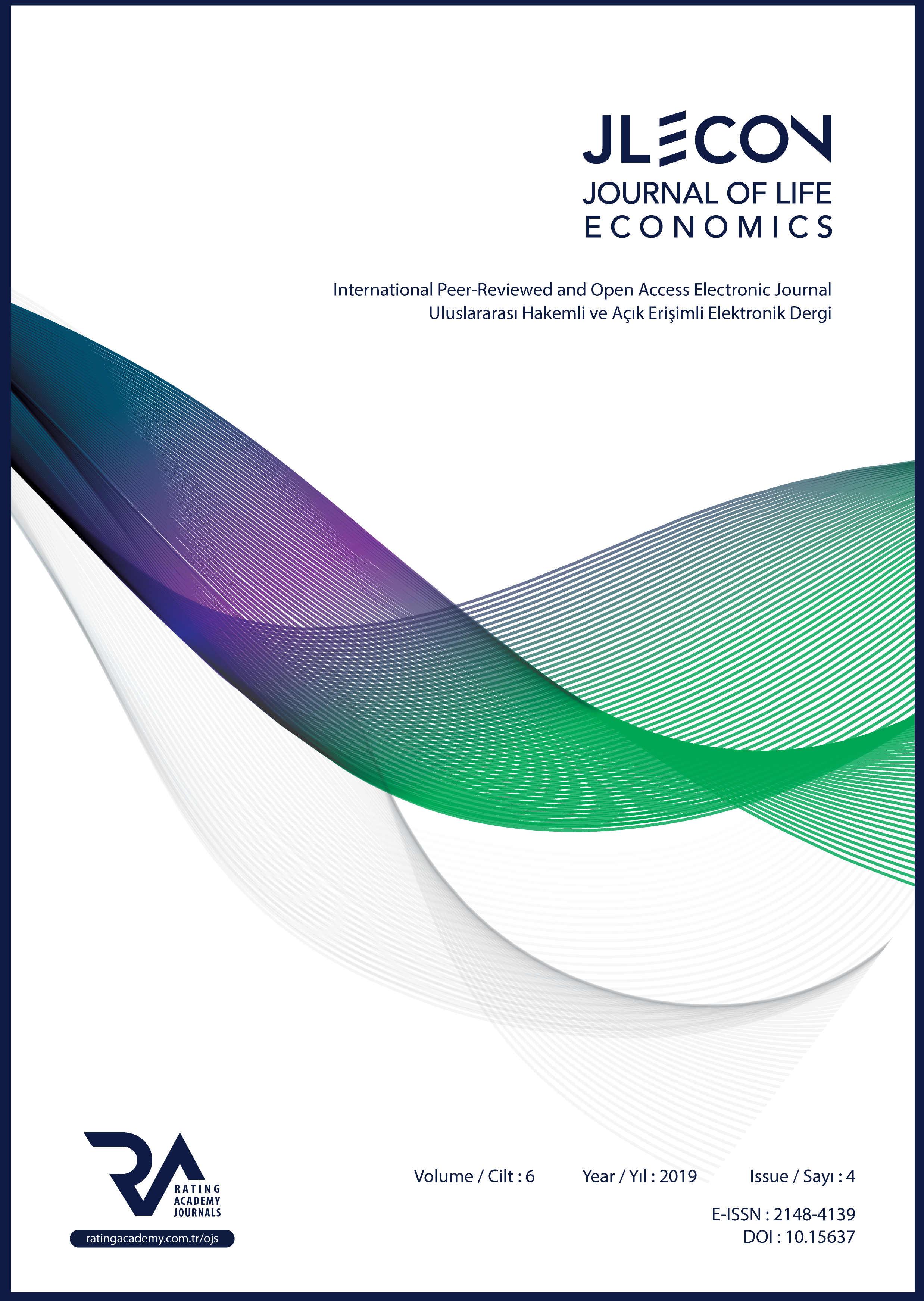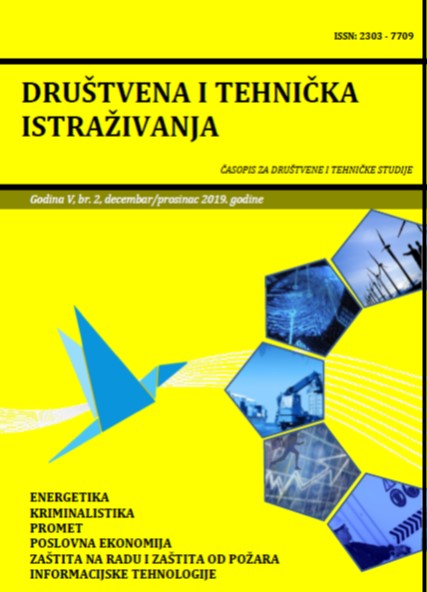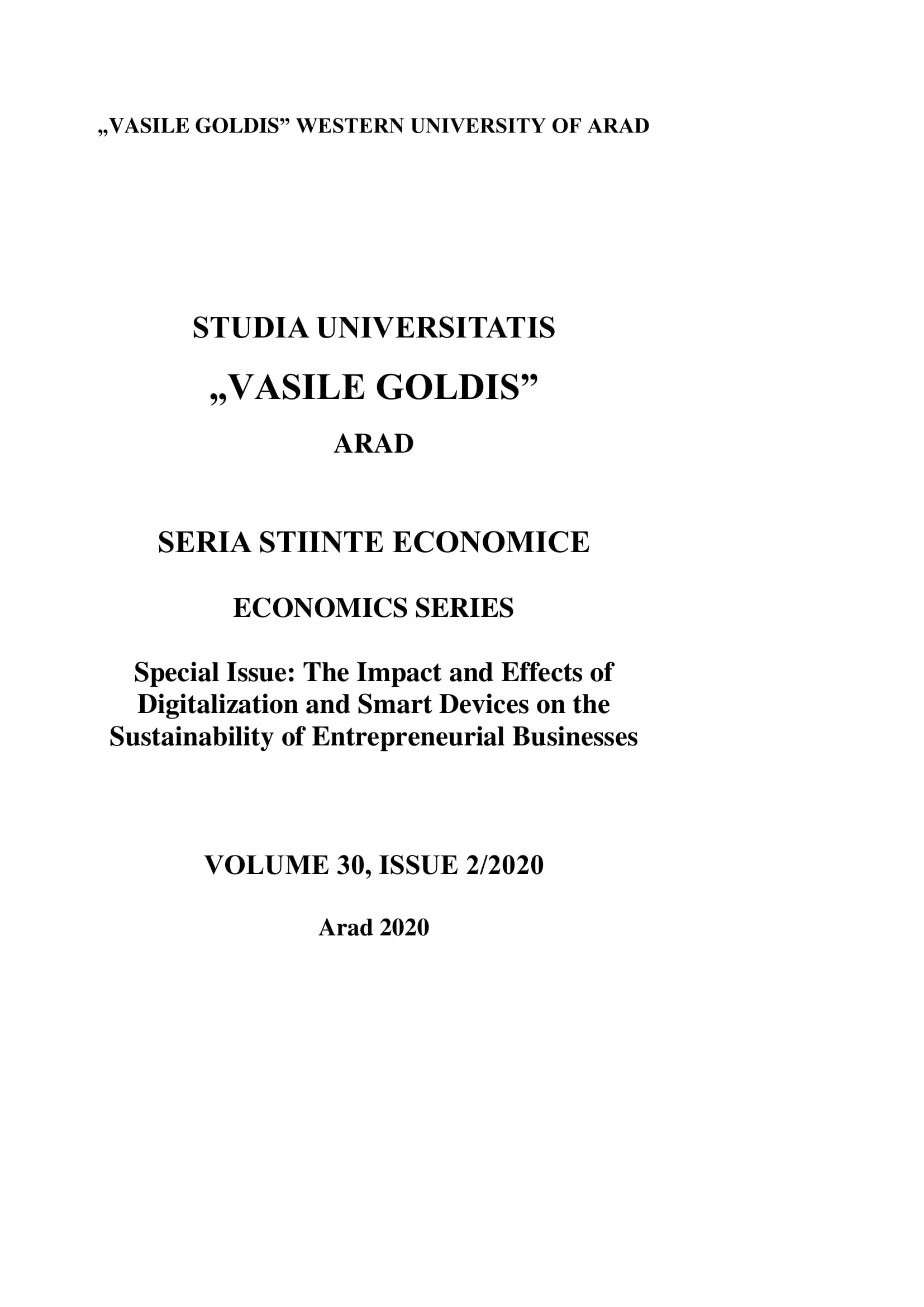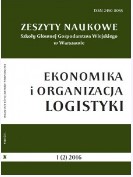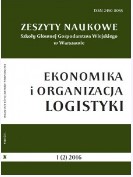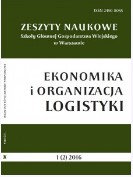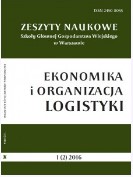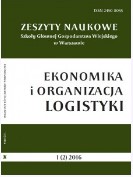An Examination of Strategies to Mitigate the Number of Motorcycle Rider Fatalities in Thailand
This paper attempts to examine and quantify the degree of safety-helmet use by motor cyclists and their passengers in Thailand. Specifically, the paper examines the phenomena in three separate locations within Thailand. The paper will also review the literature surrounding road safety in general, road safety for motorcyclists, proper helmet use, Thai acts of parliament aimed at motorcyclists, and the degree to which helmet use is enforced or policed in Thailand. Experts posit that road fatalities, and the serious debilitating injuries caused by road traffic accidents, can impact a nation’s GDP by as much as 5%. Perhaps even more importantly, especially in the context of a developing country, is the direct impact to families who lose their prime bread-winner or wage-earner. This loss may either be permanent, as in the case of a fatality, or extended over a protracted period of time, where families find themselves having to care for severely injured members. In the latter case, the requirement for care is often long-term, with little in the way of insurance or medical benefits to offset the burden. It is hoped that a study of motorcycle related road traffic fatalities may identify or highlight interventions or strategies that could be employed to mitigate the road toll in Thailand.
More...
